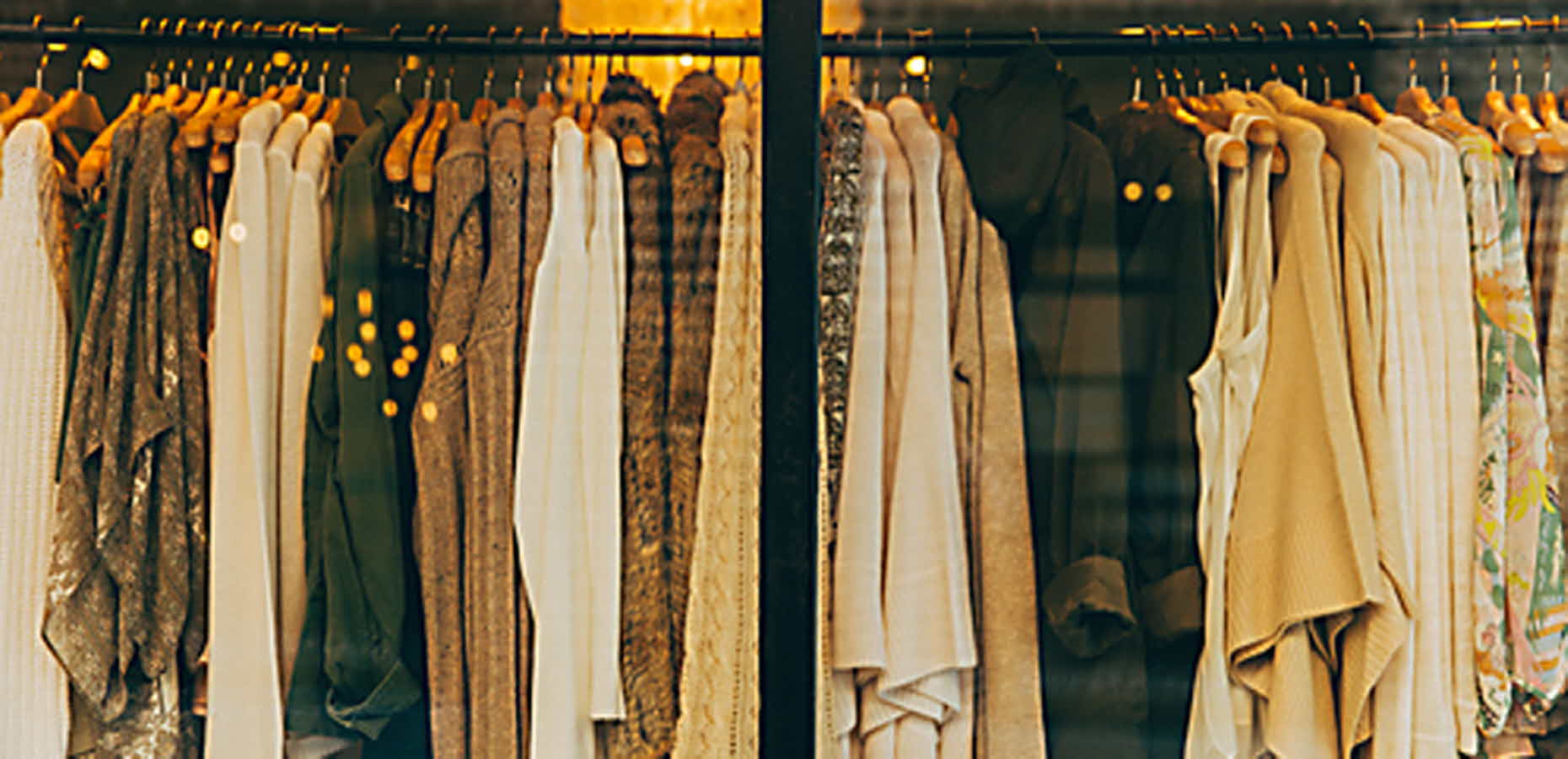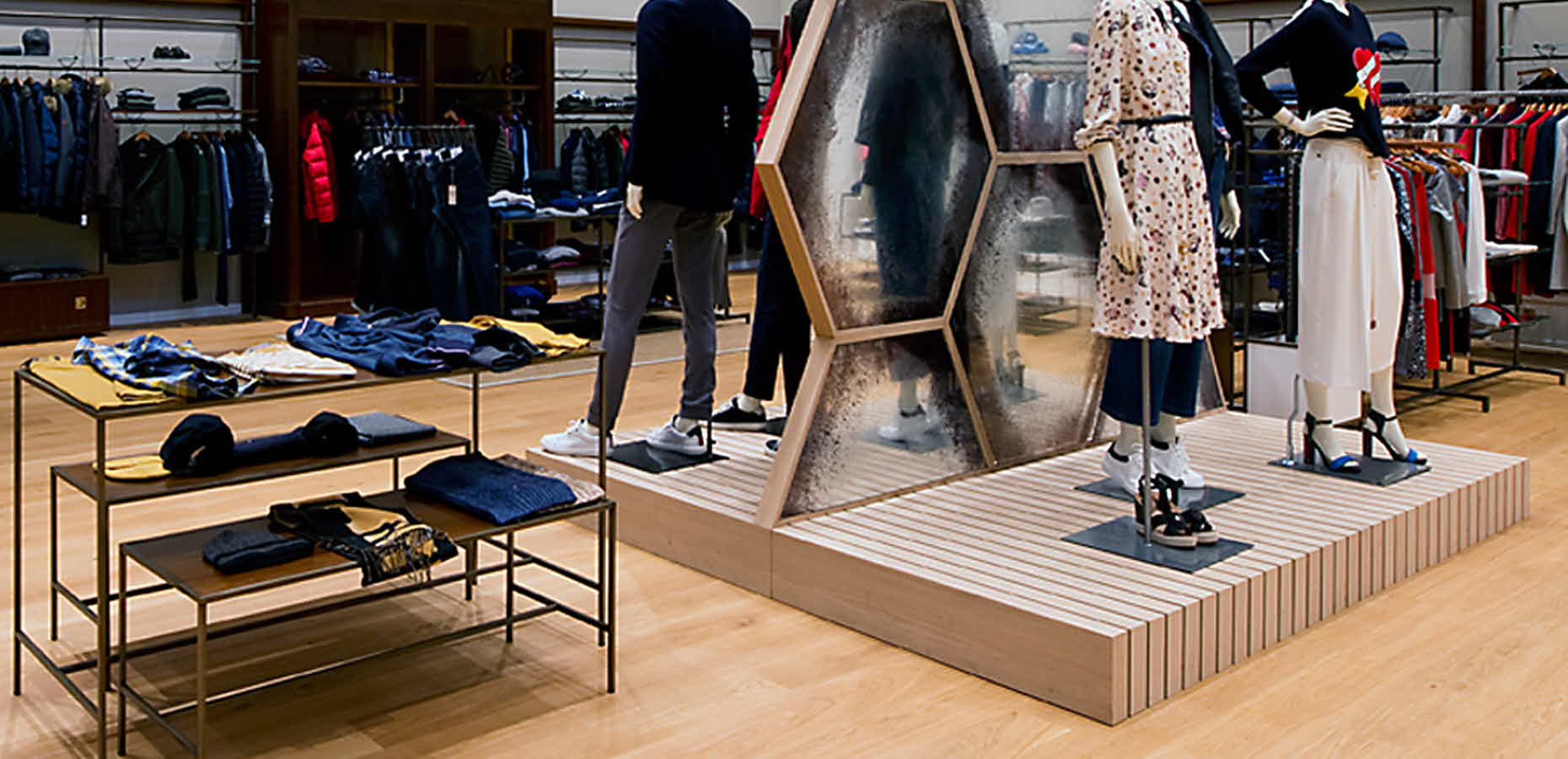“The technology is now available to really make things easier for us, both with B2B sales and direct to the consumer,” says Jan Antonsson, Sales Director Nordic at Tommy Hilfiger. “We want to cut the time it takes from product idea to the consumer holding the garment in their hand and making a purchase decision.”
Demand for seamless operation
Consumers are increasingly shopping online, which puts pressure on shops to, for example, stock exactly the same goods in store as they do online. Furthermore, consumers are becoming more powerful in that product ideas are often based on their specific demands.
“The consumer owns the market and interacts with brands much more nowadays, for example via social media,” says Magnus Smedmark, responsible for Retail at Fabege. “All brands are having to respond more quickly as it’s not them setting the tone anymore.”
To facilitate the shopping experience, many are already working with ‘click and collect’, which means consumers shop online and then pick up the items in store. Or they can, for example, try on a top in store and then order it online in a colour that wasn’t available in the shop.
More experiences in physical stores
So what will our shopping habits be like in future – will we stop visiting physical stores altogether? Magnus and Jan don’t think so. We will continue to want to identify ourselves with certain brands, and the social dimension means we will always want to visit shops.
“You’ll never get the same level of service online as you do in a shop,” adds Magnus. “And physical stores have plenty of opportunities to further extend their service and enhance the experience, such as getting a garment in your size straight to the fitting room without even having to ask. Technology today can help identify a customer’s needs before they even know it themselves, and many companies are already working with AR (Augmented Reality) and AI (Artificial Intelligence) in their retail environments.”
The trend towards more online shopping will most likely affect the look of cities in many ways. Fabege devotes a great deal of energy to predicting and accommodating tenants’ future requirements, because they are not on site before construction begins. According to Magnus, some stores are reducing the amount of space they need. But Tommy Hilfiger isn’t one of them:
“We will still need a large amount of space, although we might allocate it differently,” he says. “The garments take up less room, but we need space to create experiences and social areas, for example a café, to encourage customers to spend more time in the shop.”




